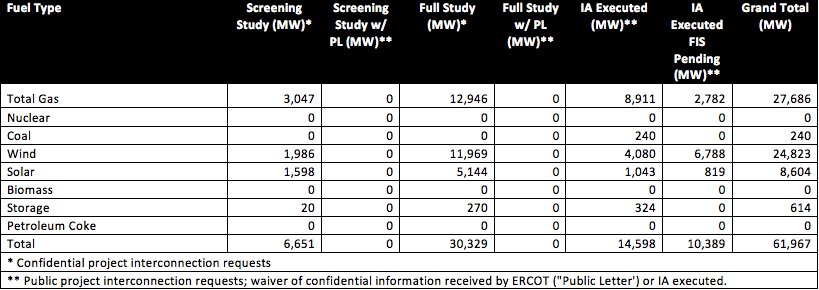
By Cyrus Reed
The December agreement between Congressional leaders in Washington to approve a new budget and extend various tax programs favorable to renewable energy could well signal even greater development of wind and solar power in Texas. The agreement did come with some bad news, however: the U.S. lifted the nearly 40-year crude export ban, meaning crude oil in Texas is now being shipped to other countries without any processing or refining.
The Sierra Club recently released a statement on the budget and tax extension deals. Click here to read Sierra Club Executive Director Michael Brune’s full statement.
The lifting of the crude export ban is bad news for the climate. It doesn’t help wean us off fossil fuels if we suddenly can export our fracked oil, and current low oil prices are unlikely to immediately spur new oil development in Texas. Oil drilling and production was down significantly in 2015 compared to 2014 levels as prices have waned.
Renewables, on the other hand, received great news. Both the Investment Tax Credit (ITC), generally used by solar developers, and the Production Tax Credit (PTC), used by the wind industry, have been extended by several years with a gradual step-down over time. Without this agreement, the PTC was going to be phased out completely, while the ITC was scheduled to step down from 30 percent to 10 percent of a project’s cost in 2017.
Wind PTC extended through 2019
The language in the proposed tax credit extension and budget bill would continue the wind PTC through 2019. Under the proposal, wind developments that are under construction through December 2016 will qualify for the full PTC value – 2.3 cents per MWh – for 10 years. Projects with construction beginning in 2017 would qualify for 10 years of credits at 80 percent of the full PTC value, decreasing in 2018 to 60 percent and to 40 percent in 2019. Wind projects could also consider applying for an ITC credit rather than the PTC under the language in the bill.
Solar ITC extended through 2021, just in time for compliance with Clean Power Plan
The Investment Tax Credit for solar projects was extended from the end of 2016 through the end of 2019 at the full current 30 percent, andslowly being reduced in stages to 10 percent by 2022. Homeowners will be evaluated under a different set of criteria, with the full 30 percent credit available for projects in service through 2019, decreasing to 26 percent in 2020 and 22 percent in 2021. The ITC will be eliminated on the homeowner side after 2021.
What does this mean for Texas and ERCOT?
First, with local utilities like Austin Energy and CPS Energy already significantly reducing residential rebates as the cost of solar comes down, the extension of the tax credits for residential homeowners is a huge boon for local solar development throughout Texas. Solar has been booming in Austin, San Antonio, and the Dallas area, and is expected to continue.
At a much larger scale, the extensions of the ITC and PTC within ERCOT should help ensure that many of the more tentative projects in the interconnection queue might actually get built. It is important to note that many of the projections that ERCOT has made about future renewable development – showing a significant growth in solar – were based on the assumption that the ITC and PTC were not being extended, meaning the future should be bright for these sectors.
The most recent monthly ERCOT reports show a mix of wind (24,824 MW), natural gas (27,686 MW) and solar (8,604 MW) projects being considered for development (Table 1). While many of these projects are tentative, the extension of the ITC and PTC should bolster the prospects of many of these resources.

In any case, ERCOT is showing that wind development might rise from 15,036 MW to up to 25,904 MW by the end of 2017 if all the projects with an interconnection agreement come to fruition, and solar projects might rise from about 193 MW today to about 2,055 MW by the end of 2017 if tentative projects move forward. Again, the PTC and ITC extension will certainly help the prospects of these projects getting on the ground and ready to help clean up our electric grid.
Wind in 2015 sets more records in ERCOT, takes number 3!
Within the ERCOT region, wind set a new record in 2015.
First, in November, wind provided 18 percent of all energy used within ERCOT, a monthly record. Over the course of the year, wind provided just over 11.7 percent, again a new record, and just beating nuclear power as the third largest provider of electrical energy. Interestingly, use of coal went down significantly over the year, falling from 36 percent of all energy used in 2014 to just 28 percent in 2015, with natural gas and wind making up the difference in energy use. Clearly, the ERCOT grid is changing rapidly, with coal being replaced by wind and natural gas. Look for solar in 2016!
Electricity Provided by Fuel Type within ERCOT, 2010-2015

Source: ERCOT, 2015 Demand and Energy Report
Photo by: albradenphoto.com